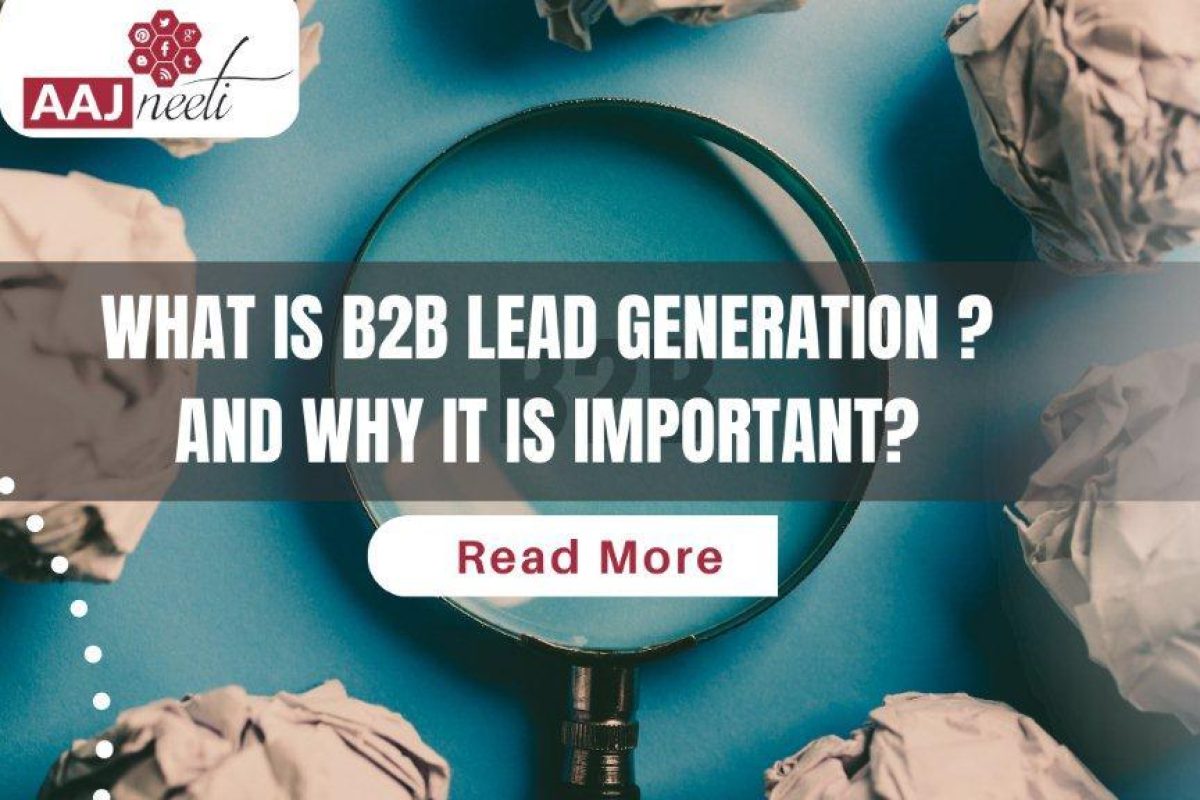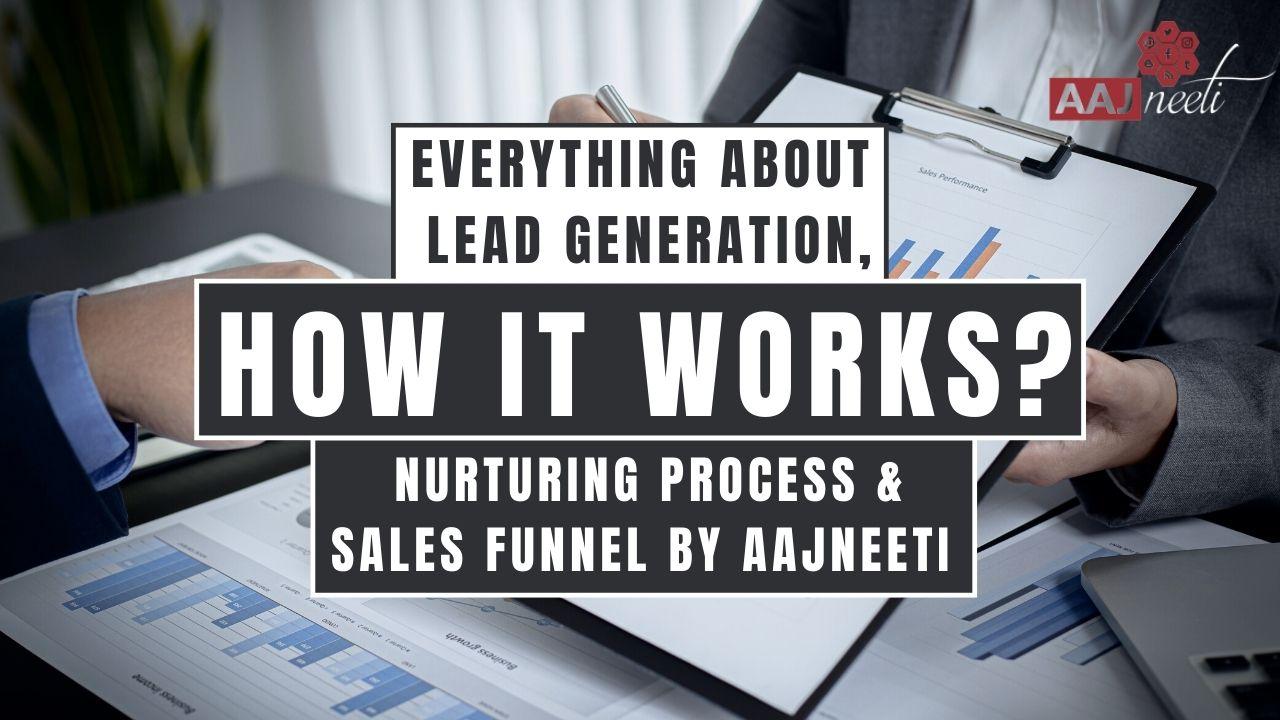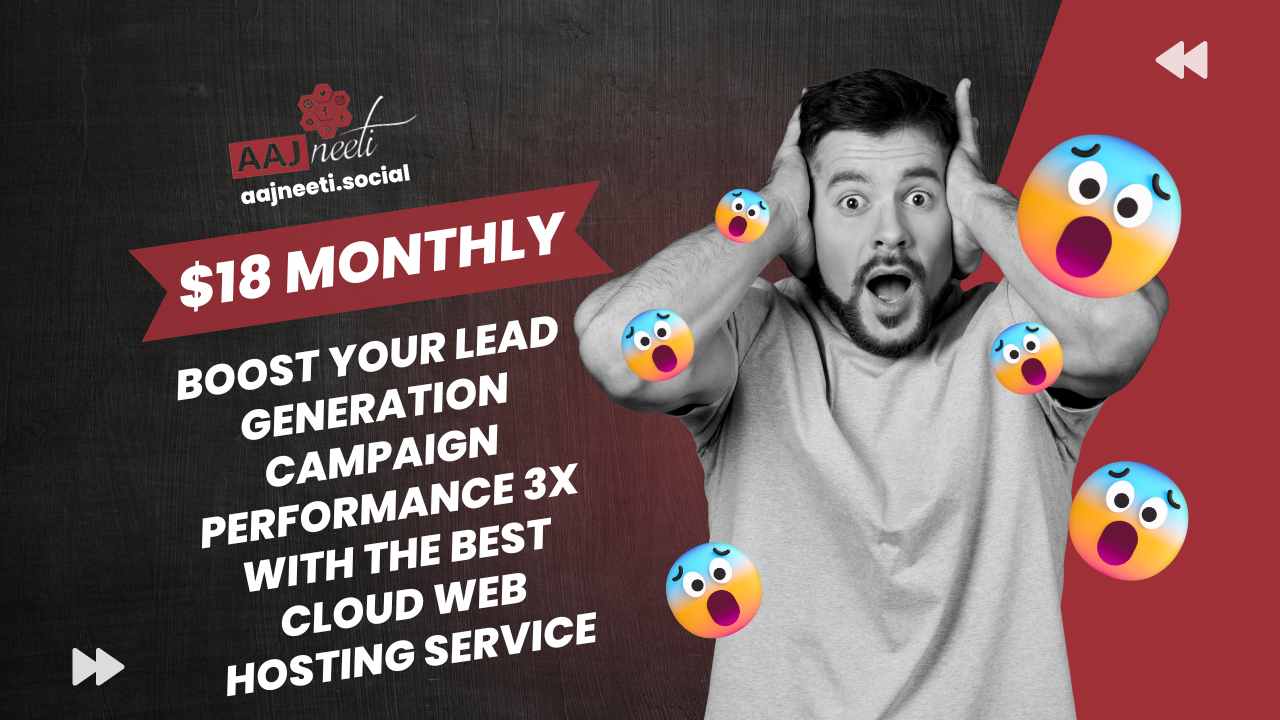Explain what is Lead with an example?
A lead is a person who expresses an interest in your company’s services or products and is considering making a purchase.
Assume you participate in an online survey to learn more about home security. A few days later, you receive an email from the auto business that developed the survey with information on how they can assist you with your home security. This procedure would be a lot less intrusive than if they had simply contacted you out of the blue, with no information of whether you care about home security or not, right? This is what it’s like to be a lead.
What is Lead Generation?
Lead generation is the process of attracting potential customers and converting them into customers who are interested in your company or product.
Job applications, blog articles, coupons, live events, and online material are all good strategies to generate leads.
These are just a few lead generation tactics you can employ to attract potential clients and direct them to your offers. For example, a visitor to your website provides you with their email address and name in exchange for one of your free ebooks. They provided you with their precious contact information, and you provided them with some excellent instructional materials. You can use this information to follow up with various forms of email marketing communications from now on. Remember that the goal of each commercial transaction is to establish a mutually beneficial relationship. In your conversation, apply these tried-and-true sales strategies. You’ll need to nurture a lead once they’ve become a lead. Lead nurturing is typically accomplished through email marketing automation, but there are numerous additional options.
What is B2B lead generation?
we can say that In marketing, lead generation is the process of attracting customers or queries to a company’s products or services. It is the process of identifying potential clients and converting them into paying customers. This can be accomplished via a variety of inbound and outbound marketing strategies.
A “lead” is typically a customer’s contact information and, in certain situations, demographic information about who is interested in a particular product or service. In the lead generation sector, there are two categories of leads: sales leads and marketing leads.
Demographic factors are used to produce sales leads. These leads are resold to a variety of companies. Sales leads are often followed up on by the sales staff via phone calls, emails, or social selling. Mortgage, SaaS, insurance, and finance are all frequent places to find sales leads. However, marketing leads are leads generated for a specific advertiser offer or campaign. Marketing leads, in a contrast to sales leads, are only sold once.
Why is lead generation important?
To ensure that your company grows and expands, you must reach out to more people who may be potential customers and evoke interest in your product or service. You should observe a consistent stream of folks interested in learning more about what you have to offer. Of course, you are not alone in your desire for this for your company. Every business owner and marketing professional shares your objectives.
Attracting potential clients is becoming more difficult in a world when attention spans are short and distractions are everywhere. Why should people devote their eyes or ears to you when there are so many other enterprises vying for the same attention?
While it may appear straightforward, generating the appropriate leads can be difficult. As a result, it’s critical to put in the time and effort necessary to get this done properly. To put things in perspective, here are some statistics :
- According to a study, firms that implement successful lead generation techniques generate at least 133 percent more income than those who do not.
- It’s only natural, then, that lead generation is the top priority for marketers, according to Hubspot’s marketing statistics report.
- Despite the fact that lead creation is the top priority, 61 percent of marketers regard it to be their greatest obstacle.
Lead generation examples and ideas
I’ll show you some lead generation examples and ideas now that we’ve covered the fundamentals. I’m confident you’ll find a few techniques to try out for your own company.
1. Use push notifications to reach website visitors
Browser, in-app, and online push notifications are a new way to reach website users who haven’t provided you with their email addresses. It allows you to reclaim them! However, what if you used them to generate leads?
Giving an email address is a bigger commitment than opting in for push alerts. As a result, push notifications can help you produce a lot of top-of-funnel leads. How?
By integrating it with a landing page for lead generation or a pop-up form. It can instantly re-engage visitors, allowing you to turn them into subscribers and send them marketing emails in the future.
2. Convert visitors to leads with on-site retargeting
It’s one thing to use pop-up forms to generate B2B leads, but you can simply take it a step further.
Pop-ups can be used to collect contact information if leave intent is detected. Exit-intent occurs when a visitor approaches the close button on their browser.
As soon as a visitor begins to do so, a pop-up will display, allowing you to request contact information by offering:
A discount coupon code, a free ebook, an email course, a one-on-one session, a subscription to a newsletter….or anything that works for your business.
3. Automate cold emails and focus on things that matter
Email is a great way to generate leads. It gets even better when you automate 20% of conversations that generate 80% of your revenue.
Automating your cold emails is one of the best strategies to ensure you always have new leads to work with.
Even if you write them by hand, it’s still a good idea to do it as a campaign because you’ll learn a lot more about how to adapt your outreach that way.
4. Work together with influencers
Working with influencers to advertise their products and services is becoming increasingly popular. Influencers are persons who others look up to and respect for their thoughts. You’ll not only broaden your audience to include theirs, but you’ll also increase your credibility in their eyes by partnering with an influencer. Aside from that, lead creation is a time-consuming operation. While some potential leads are ready to convert right away, others will need more time and work to convert.
This is where influencers may step in and help them out. 48% of organizations claim that the majority of their leads require ‘long cycle’ nurturing with several influencers.
To get a whole idea about lead generation and its strategies, please stay connected with this article also.














